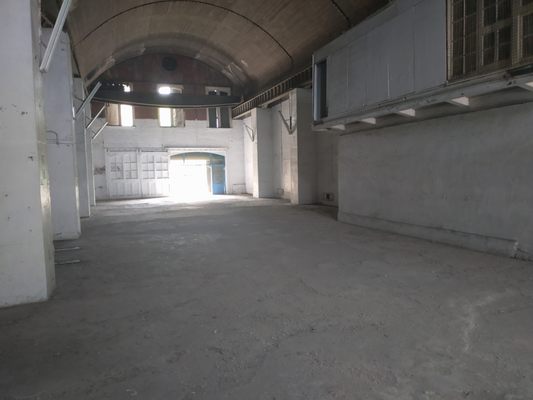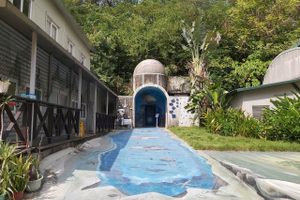About
This site in Kaohsiung City's Fengshan district had multiple masters. It was initially built by the Japanese Navy between 1917 and 1919 as one of three large-scale wireless telecommunication centers in the Pacific. It remained under Japanese control until the end of World War II, when Taiwan was reunited with the Republic of China. For much of the postwar period, the base was used as a detention facility referred to by some as “Fengshan Guest House.”
Upon entering you can see a rectangular building that was first used as an office building, then converted into meeting and interrogation rooms. The Cruciform station, a smaller structure a few steps south, was used for telecommunications. There you can still find (non-functioning) mechanical and electrical equipment as well as air conditioning trenches. Access to the building is unrestricted, but visitors should be cautious as not all areas are safe.
The site’s centerpiece is the main blockhouse. The building is fortified and looks more like a bunker than a functional building from the outside, with blast-resistant doors and windows and deep soil on the roof to protect from bombing by the Allied forces. During the Japanese use of the facilities, this building housed the main communication equipment, and was designated as the First Sending Telecommunication Station. During the Fengshan Guest House period, prisoners allegedly called it "the cave," in reference to its size and the way it was built into a hill.
In 2011, the former communications station and detention center was opened to the public. Taiwan’s Council for Cultural Affairs lists it as a national monument, and there is a small welcoming hut at the entrance.
Related Tags
Know Before You Go
The station is open from Tuesday to Sunday, 9 a.m. to 5 p.m. There is no entrance fee, but visitors may be asked to sign a guestbook.
Community Contributors
Added By
Published
November 22, 2019




























